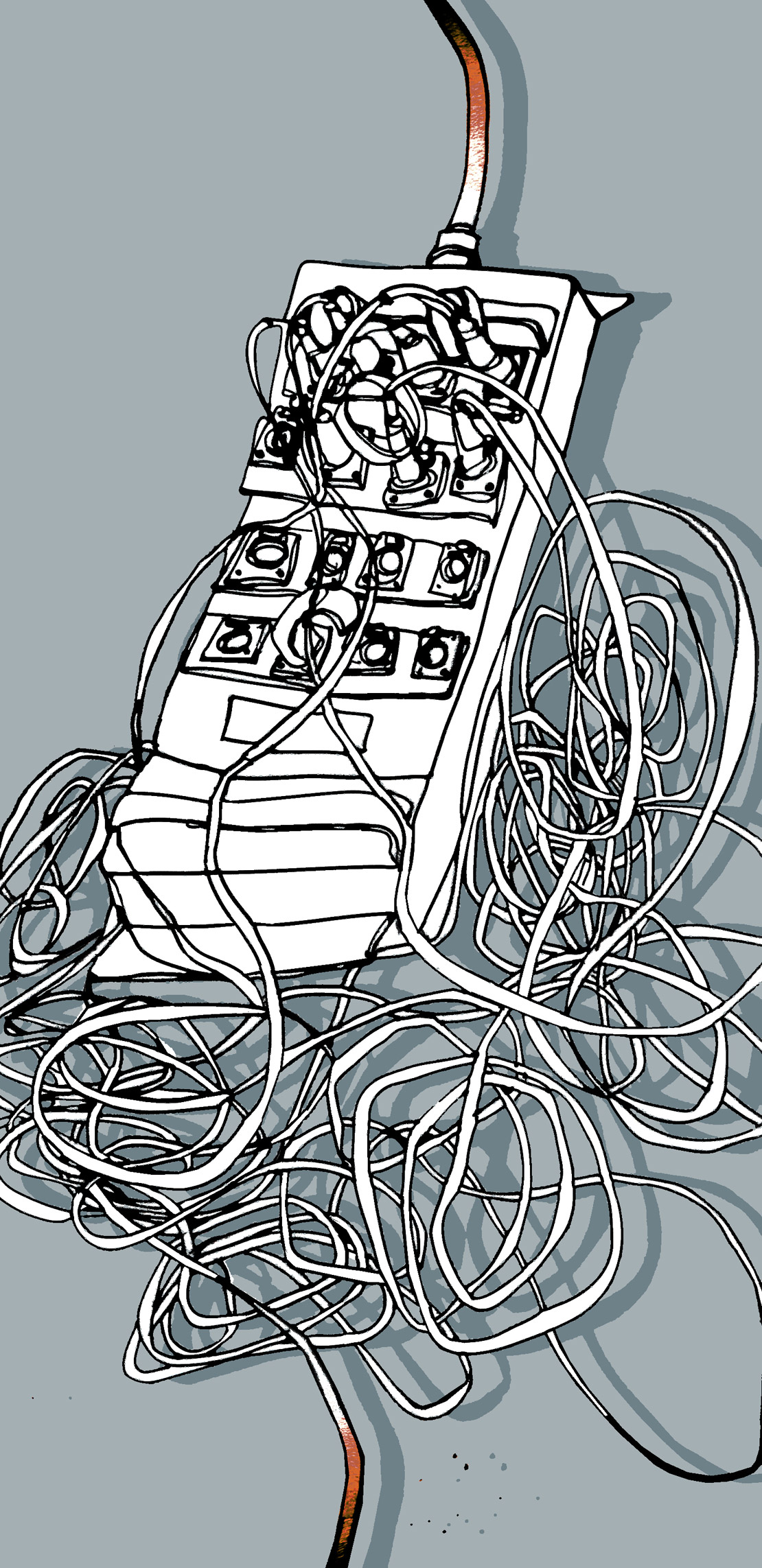This book presents a large body of knowledge and countless insider-tips from an award-winning commercial audio designer. Before this book, complete information about original audio circuit design was notoriously hard to find. Audio circuit engineering is not taught as a degree in any university. If you go digging as I did, at most universities all you will find is a single lab devoted to basic audio circuitry. I've spoken to many professional audio designers. The majority of them were self- taught, mostly by reverse-engineering existing equipment. Of those with electronics degrees, most say they didn't learn anything about audio in school. There are lots of great DIY projects out there - and many vastly differing opinions on circuitry - but how do designers put an original idea together from scratch? This is the book. Douglas Self dumps a lifetime's worth of thoroughly-tested audio circuit knowledge into one biblical tome. One particularly welcome feature of the book is the author clearly backing up his assertions with science and test results. And when he makes an untested assertion, he is clear about that. A word of warning to those that want to believe in magic - the author is intolerant of audio myths and debunks a few good ones in the book. Moreover, he makes a point that he's trying to include only that which can't be found anywhere else, so the reader is assumed to have learned basic electronics. I recommend The Art of Electronics (Horowitz, Hill) and The Art of Electronics Student Manual (Hayes, Horowitz) as prerequisites. I myself had to re-read relevant chapters several times - don't give up.
The book covers pro audio and hi-fi subjects equally. If you read this book, you'll learn how to design voltage, transconductance, current, and transimpedance amplifiers. You'll learn about all types of noise, and that even passive resistors generate their own noise - without power. You'll learn how to re-arrange capacitor and resistor values to get the same results with lower noise. You'll learn where to put the attenuators to keep noise down. Truths about electrolytic capacitors are revealed; and yes, you can AC-couple with them - if they're big enough. You'll learn when to use op-amp chips - and which ones - and when to use discrete circuitry instead. You'll learn to design filters, equalizers, stereo preamps, mic preamps, and mixers. There are 41 pages devoted to line inputs. Vinyl and all the associated audio electronics are thoroughly discussed - even needle-cartridge amps for moving-coil and moving-magnet styli. Compressors, switching, and metering. Power supplies - specifically for audio! There's even a 9-page chapter on interfacing with DACs and ADCs. The only thing conspicuously missing is anything about tape, but you learn by inference about everything except the motors and the tape heads. Also, the word tube is not even in the index, though much of the knowledge could be transferred to tube- circuit design. Throughout, there's an eye on economy without hurting sonic performance. My only complaint about this book is that sometimes profound knowledge is isolated to short passages, and my brain cries for elaboration. The book lists ample references - no doubt where you can find some of the missing elaboration.
For a paperback, this book is pricey - but priceless. I'll be reading it several times. Thank you, Douglas Self, for this amazing volume.
($73.95 MSRP, $38.47 Kindle; www.douglas-self.com) -Joseph Lemmer <jlemmer@siriusmedia.com>




_disp_horizontal_bw.jpg)